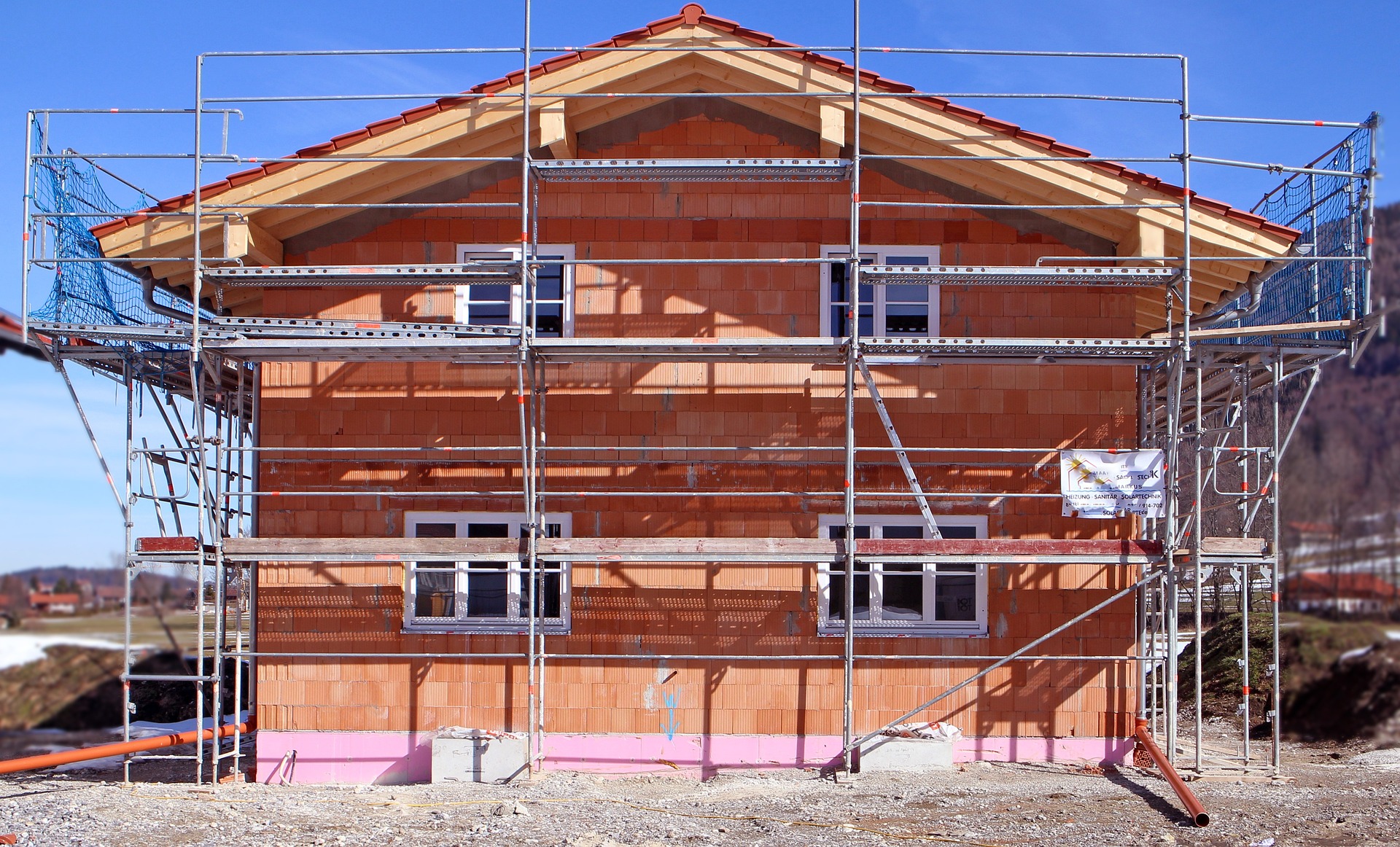Exploring Double Glazing: Window Options That May Support Energy Savings
Double glazing is a common choice for homeowners looking to improve insulation and reduce energy loss through windows. This guide explores the types of double-glazed windows available, how they are constructed, and the factors that may influence their impact on home efficiency.

Types of Double Glazing Window Designs Available
Several distinct double glazing configurations cater to different architectural needs and performance requirements. Standard double glazing typically features two panes of glass with a 12-20mm gap filled with air or inert gas. Low-emissivity (Low-E) coated glass incorporates a microscopic metallic layer that reflects heat back into rooms while allowing natural light to pass through.
Triple glazing represents an advanced option with three glass panes and two insulating gaps, though it requires stronger frames due to increased weight. Vacuum glazing eliminates the gas-filled gap entirely, creating a sealed vacuum space that can achieve superior insulation in thinner profiles. Secondary glazing involves adding a second pane to existing windows, making it suitable for heritage properties or rental situations where full replacement isn’t feasible.
Gas-filled units commonly use argon, krypton, or xenon between panes, as these gases conduct heat less readily than air. The frame materials also vary significantly, with uPVC, timber, aluminium, and composite options each offering different thermal properties and aesthetic characteristics.
How Double Glazing May Contribute to Home Energy Efficiency
Double glazing systems work by creating thermal barriers that reduce heat transfer through windows. The insulating gap between panes minimises conduction, while gas fills further enhance this effect by moving less than air when heated. Low-E coatings can reflect up to 90% of long-wave infrared radiation back into rooms, potentially reducing heat loss through windows by 30-50% compared to single glazing.
The energy efficiency benefits extend beyond simple heat retention. Well-sealed double glazed units reduce air infiltration around window frames, addressing draughts that can account for significant heat loss. During summer months, certain glazing specifications may help reduce solar heat gain, potentially decreasing cooling costs.
Thermal bridging reduction represents another efficiency factor. Modern double glazing systems incorporate warm-edge spacer bars between panes, using materials like stainless steel or composite materials instead of traditional aluminium. This design change reduces the cold spots that can form around window edges, improving overall thermal performance.
The Window Energy Rating (WER) system provides standardised efficiency measurements, with ratings from G (least efficient) to A++ (most efficient). These ratings consider heat loss, solar heat gain, and air leakage to give homeowners comparable performance data.
Key Considerations Before Installing Double Glazed Windows
Planning requirements vary significantly depending on property type and location. Listed buildings and properties in conservation areas typically require specialised approaches and may need planning permission or listed building consent. Local planning authorities often specify particular glazing types or frame materials to maintain architectural character.
Building regulations compliance ensures installations meet current thermal performance standards. In England and Wales, replacement windows must achieve minimum U-values (heat loss measurements), typically around 1.6 W/m²K for the complete window unit. Professional installers should provide compliance certificates following completion.
Structural considerations prove essential, particularly for older properties. Existing window openings may require modification to accommodate modern double glazing systems, and wall structures must support the additional weight. Victorian and Edwardian properties often need careful assessment of lintel capacity and wall construction methods.
Frame material selection impacts both performance and maintenance requirements. uPVC offers low maintenance and competitive thermal performance but may not suit all architectural styles. Timber frames provide traditional aesthetics and good thermal properties but require regular maintenance. Aluminium frames, while durable, typically need thermal breaks to prevent cold bridging.
Glass specifications should align with specific requirements. South-facing windows might benefit from solar control glazing to prevent overheating, while north-facing installations might prioritise maximum light transmission. Sound reduction requirements near busy roads may influence glass thickness and lamination choices.
Professional installation quality significantly affects final performance. Proper sealing, accurate measurements, and appropriate fixing methods ensure systems perform as designed. FENSA, CERTASS, or similar scheme registration provides consumer protection and building regulation compliance assurance.
Maintenance accessibility deserves consideration, particularly for upper floors or difficult-to-reach locations. Tilt-and-turn designs or easy-clean glass coatings may prove worthwhile for challenging installations.
Budget planning should account for potential additional costs including structural modifications, decorative work following installation, and disposal of existing windows. VAT rates may vary depending on building age and energy efficiency improvements, with some installations qualifying for reduced rates.
Understanding Performance Standards and Certifications
British Standards and European norms govern double glazing performance testing and certification. BS EN 14351-1 covers windows and external pedestrian doorsets, specifying test methods for air permeability, water tightness, and wind resistance. Understanding these standards helps homeowners evaluate product specifications meaningfully.
The British Fenestration Rating Council (BFRC) oversees the Window Energy Rating scheme, providing independent performance verification. Products displaying BFRC labels have undergone standardised testing, allowing direct performance comparisons between manufacturers and product ranges.
Acoustic performance ratings become important near airports, railways, or busy roads. Sound reduction measurements in decibels (dB) indicate how effectively glazing systems reduce external noise transmission. Laminated glass or increased air gaps can significantly improve acoustic performance where needed.
Security standards such as PAS 24 specify requirements for enhanced security performance. These standards cover locking mechanisms, glass specifications, and frame strength, particularly relevant for ground floor installations or properties in higher-risk areas.
Double glazing technology continues evolving to meet increasingly stringent energy efficiency requirements and diverse architectural needs. While no single solution suits every property or situation, understanding available options and key considerations enables informed decision-making. Professional consultation remains valuable for assessing specific requirements, ensuring compliance with regulations, and achieving optimal performance from window investments. The potential energy efficiency benefits make double glazing worth serious consideration for most UK properties, whether through full replacement or secondary glazing approaches.




